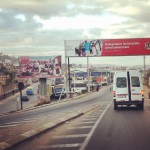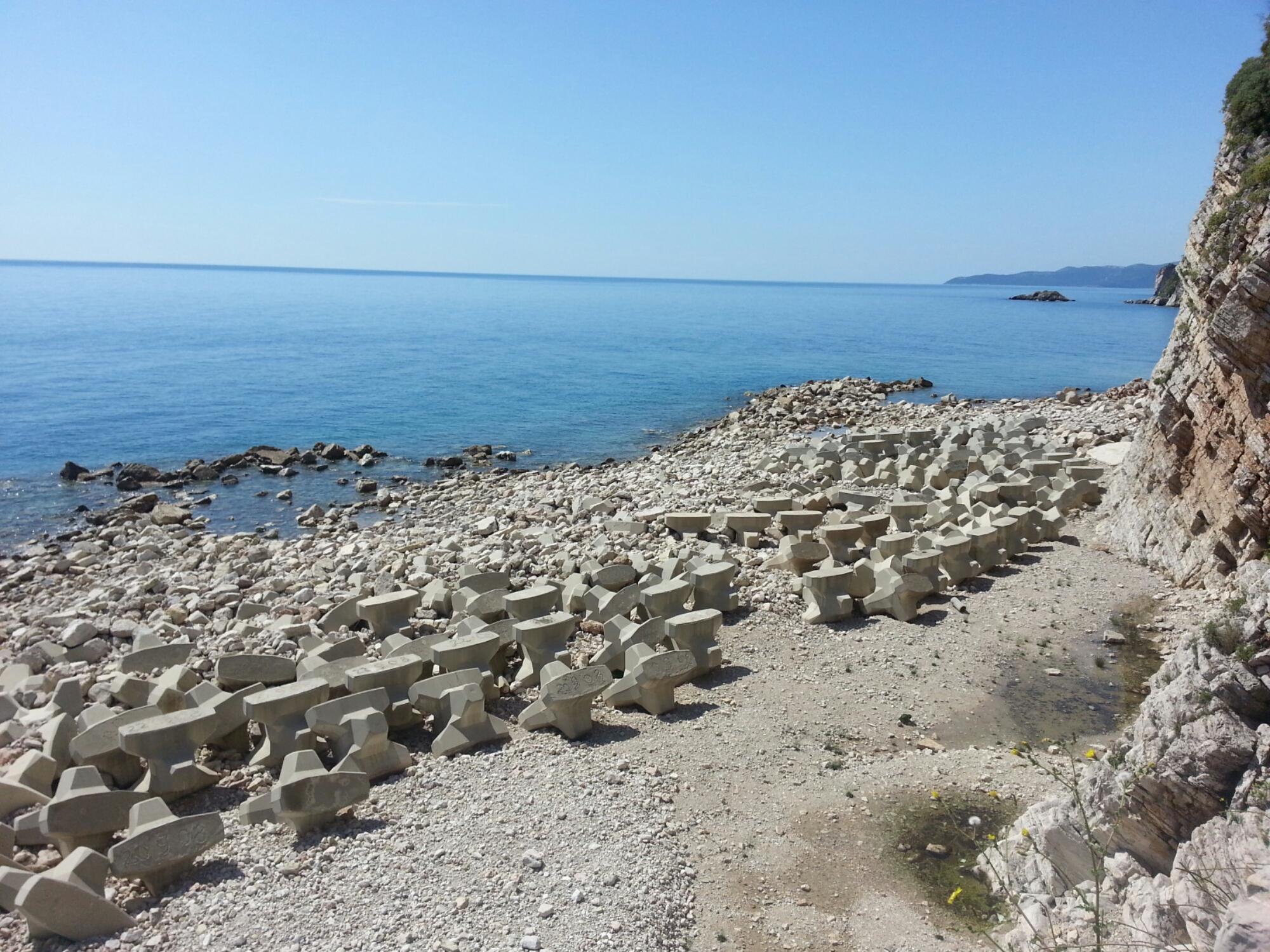Kenny is one of the friendliest and most laid-back travellers I have ever met. He’s also chock full of ideas to improve travelling. This month he launched a kickstarter campaign for his bivy backpack. I asked him a couple of questions about the project:

How did you come up with the idea?
I’ve been living out of a backpack since 2007, during this time I’ve camped a lot and bivy sacks have been the lightest item I could carry to stay dry when camping. It seemed obvious to combine my backpack with the bivy to save weight since I never used both at the same time. I also saw it as an opportunity to make a better bivy, one with better ventilation and space around my head, as well as make a simpler backpack.
What’s the worst weather you’ve used it? How was that?
While in Ireland I would go several days in a row camping out in the heavy rain, while usually this would be a bummer, I was also happy to be running the BivyPack through the gauntlet. Especially on the windy nights I was hopeful that things would hold up, my concept of using a rain jacket as a fly is one that I hadn’t seen much before. Everything stayed locked in place, however, so I woke up dry and kept on hitching on to the next place.
How much space does it have? Both as backpack and tent?
The backpack has a total of 50 liters of space once you subtract that little space taken up by the extra bivy material. The bivy is 7.5 feet long (228 cm), which is suitable for someone up to 6.5 feet tall (198 cm). It’s meant for those who love traveling light, but with smart packing you can still get away with a little extra stuff. While sleeping I’m using two thirds of my belongings, as I’m inside my sleeping bag and my bag of clothes becomes my pillow. All that’s left fits is a dry bag which I can place next to me outside the bivy.
Have you done this before?
For me this will be the first piece of major gear I’ve made, but I’m partnered with Helium Hiking Equipment who’s been making ultralight gear for years. James from there is the reason this has all come together, I told him the idea like I told many people and he just said, “Cool, I can make that! Let’s do it!”.
What are your future plans?
After the BivyPack I plan to always keep improving upon the idea as well as start in on some other ideas for lightweight gear, but mainly my plan is what is always is – keep on traveling.
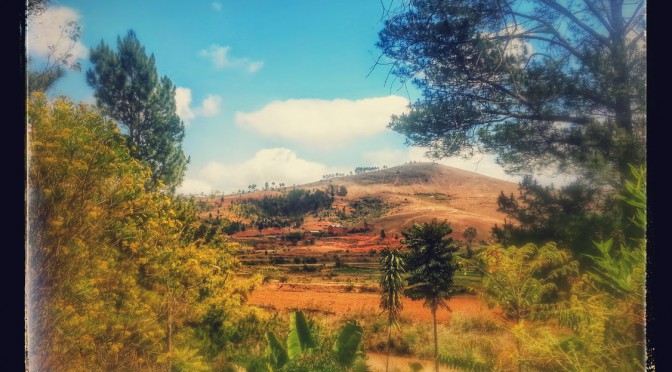
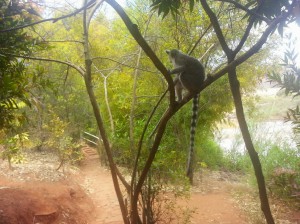
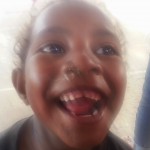 y something nice for kids and give it out in the street?” I asked my guide if he know about an orphanage. He suggested Akamasoa, created by
y something nice for kids and give it out in the street?” I asked my guide if he know about an orphanage. He suggested Akamasoa, created by 